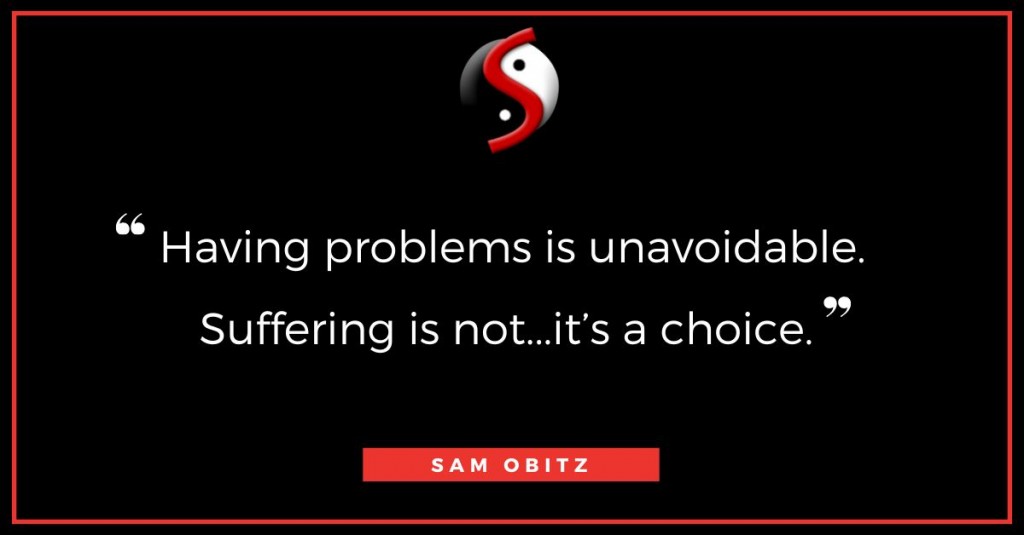Why Is That a Problem? A Simple Question to Defuse Self-Doubt
Some of the most potent tools in mental performance don’t shout. They don’t sparkle. They don’t come wrapped in complex theories or shiny buzzwords. But they work if you’re willing to try them.
One of those tools is a question that’s just five words long:
Why is that a problem?
It’s simple and almost deceptively so. But don’t let that fool you. This question sneaks beneath your inner critic’s defenses, helping you dismantle limiting thoughts before they gain momentum. It’s a doorway to perspective, a subtle shift from rigidity to reality, and one of the best reframing tools you can use.
The Tyranny of Assumptions
We all carry mental scripts, stories about how things “should” go, what we “need” to do, and how we are “supposed” to show up. These often run in the background unnoticed until disruption strikes: an empty calendar, a moment of fatigue, or a perceived lack of progress.
That’s when self-doubt sneaks in.
Thoughts like:
- “Today’s going to be a waste.”
- “I have nothing planned, this day will be useless.”
- “I don’t have the energy to get through this.”
These thoughts don’t always arrive with flashing lights. Sometimes they linger in the background like low-grade static, subtly shaping how we approach the day ahead. They’re often not questioned. And that’s where the trouble starts.
The Power of One Question
Here’s where “Why is that a problem?” changes everything.
When a thought feels heavy, restrictive, or self-defeating, pause and ask: Why is that a problem?
It’s not a challenge. It’s a curiosity.
Not “You’re wrong.” But “Let’s look at this more closely.”
Take the thought “I don’t have anything planned today.”
Your inner critic might twist it into proof that you’re lazy or that unstructured time is wasted time.
But pause and ask: Why is that a problem?
You may realize that the actual belief hiding underneath is “I only have value when I’m busy.” Or “Unstructured time is wasted time.”
That’s the distortion, not the lack of plans, but the meaning you attach to it.
Simple, But Not Always Easy
This tool works, but only if you’re willing to be honest. You have to slow down enough to listen to your thoughts rather than blindly obeying them. That takes practice.
Sometimes, you’ll ask the question and hear silence. That’s okay. Sit with it. Other times, you’ll uncover assumptions so outdated or irrational that they sound almost comical when spoken aloud.
That’s progress.
A Real-Life Example
A client recently shared an experience that illustrates this perfectly.
He woke up on a Saturday with nothing on his calendar. His first thought? “Today’s not going to be a good day.”
Instead of accepting that thought as truth, he paused. He asked: Why is that a problem?
What followed was a cascade of insights. He realized he’d internalized the idea that days without structure were inherently unproductive. That if he wasn’t operating at full speed, he was somehow failing.
By questioning that belief, he saw another option: Maybe this was a rare chance to recharge. Maybe rest wasn’t a threat, but rather an integral part of his system for performance.
The result? He had a great day; not because he forced himself to “fix” it, but because he shifted the story.
Defusing the Inner Critic
Our inner dialogue has more influence over our performance than most of us realize. And often, it’s the unexamined thoughts that cause the most friction.
Why is that a problem? It isn’t a magic wand. But it is a scalpel. It helps you cut through mental noise and see the thought for what it is: a thought; not a fact, not a verdict.
It helps you recognize when you’re mistaking discomfort for danger, treating assumptions as certainties, or holding yourself to impossible standards.
From Judgment to Curiosity
Asking this question shifts you from judgment to curiosity. It moves you from reacting to responding, from habitual thinking to intentional thought.
Mental performance isn’t about perfection. It’s about awareness.
And if you can learn to interrupt your inner narrative with those five words: Why is that a problem? You’ll start to uncover deeper truths.
And those truths? They change everything!
You can follow Sam on Twitter: @SuperTaoInc


